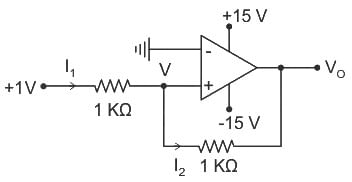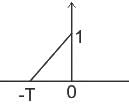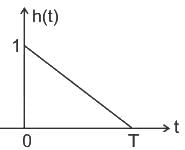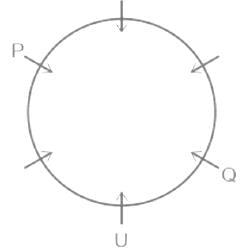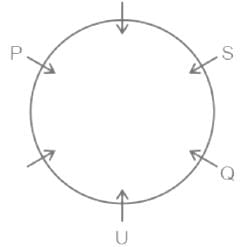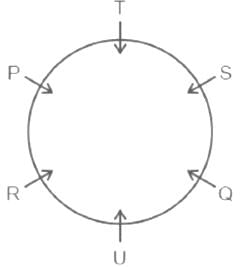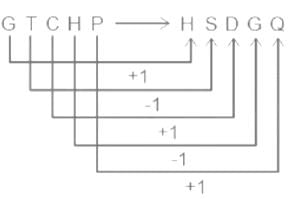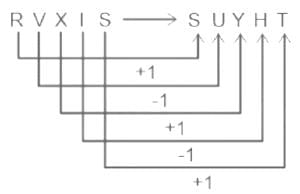ISRO Scientist Electronics Mock Test - 1 - Electronics and Communication Engineering (ECE) MCQ
30 Questions MCQ Test - ISRO Scientist Electronics Mock Test - 1
The magnetic field intensity at the centre of a circular coil of diameter 1 meter and carrying a current of 2 ampere is ______.
A single tone 4 kHz message signal is sampled with 10 kHz and 6 kHz. Aliasing effect will be seen in the reconstructed signal when the signal is sampled with
The Laplace Transform of the following signal is:
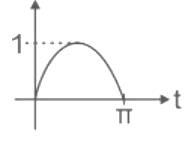

The following figure shows a composite switch consisting of a power transistor (BJT) in series with a diode. Assuming that the transistor switch and the diode are ideal, the I-V characteristic of the composite switch is
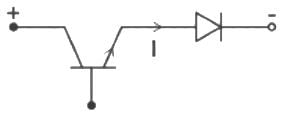
In the following network, the value of RL for the maximum power transfer and the maximum power is
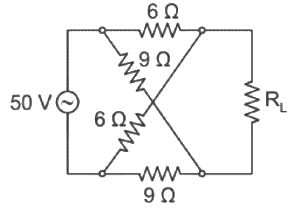
The op-amp shown in the figure has gain bandwidth product of 1 MHZ. If the closed loop bandwidth of the circuit is 100 KHZ, then value of feedback resistor RF is:

The circuit shown below is critically damped. The value of C2 is
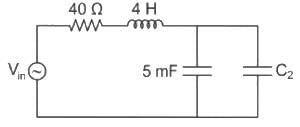
A balanced modulator is used in the generation of
An amplifier has voltage gain and current gain of 10 and 100 respectively. The voltage, current and power gain in decibels, respectively, will be:
An op-amp based inverting amplifier with a gain of 100 and feedback resistance of 47 kΩ, the op-amp input offset voltage is 6 mV and input bias current is 500 nA. The output offset voltage due to an input offset voltage and an input bias current, are
In the circuit shown, the breakdown voltage and the maximum current of the Zener diode are 20 V and 60 mA, respectively. The values of R1 and RL are 200 Ω and 1 kΩ, respectively. What is the range of Vi that will maintain the Zener diode in the ‘on’ state?

A parallel plate capacitor of 100 pf having an air dielectric is charged to 10 kilovolts. It is then electrically isolated. The plates are pulled away from each other until the distance is ten times more than before. Estimate the energy needed to pull the plates.
A communication channel with Addictive White Gaussian Noise, has a bandwidth of 4 kHz and SNR of 31 dB. Its channel capacity is
An angle modulated signal with carrier frequency ωc = 2π × 105 rad/sec is described by the equation
s(t) = 10 cos (ωct + 5 sin (3000 πt) + 10 sin (2000 πt)).
What is the frequency deviation Δf?
What will be the simplified Boolean function of the given equation?
F(a, b, c) = ∑(0, 2, 4, 5, 6)
According to Ampere's circuital Law, The Line Integral of H about any closed path is exactly _______ to the direct current enclosed by that path.
The voltage waveform in figure Q is applied across an ideal inductor. What is the resulting current waveform?
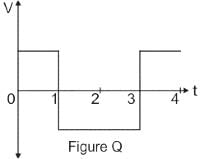
A unity feedback system has the open loop transfer function  . How many times the Nyquist plot of G(s) encircles the (-1, 0) point ?
. How many times the Nyquist plot of G(s) encircles the (-1, 0) point ?
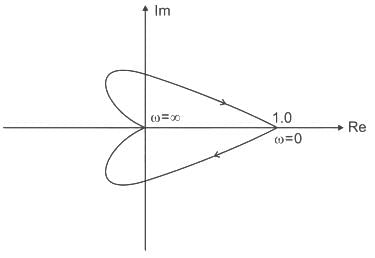
The Nyquist plot shown above, matches with the transfer function
In the circuit of the ideal Op-Amp, V0 is
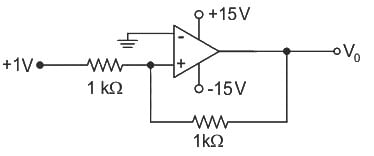
Consider the pulse shape s(t) as shown. The impulse response h(t) of the filter matched to this pulse is
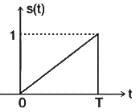
The given bar graph shows the data of production of pulses (in lakh tonnes) by three different countries X, Y and Z over the years. Study the bar graph and answer tha question that follows.
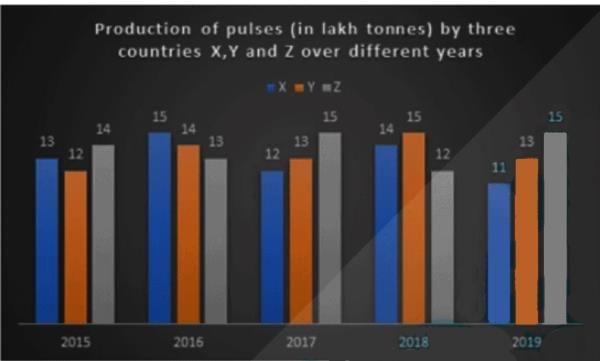
For which country is the average production (in lakh tonnes) for five years the maximum?
P, Q, R, S, T and U are sitting around a circular table, facing the centre. P sits second to the left of U and third to the right of Q. S sits second to the right of U. R sits second to the left of Q. Who is immediate neighbour of Q and T both?
Select the option that is related to the third letter-cluster in the same way as the second letter-cluster is related to the first letter-cluster.
GTCHP : HSDGQ :: RVXIS : ?



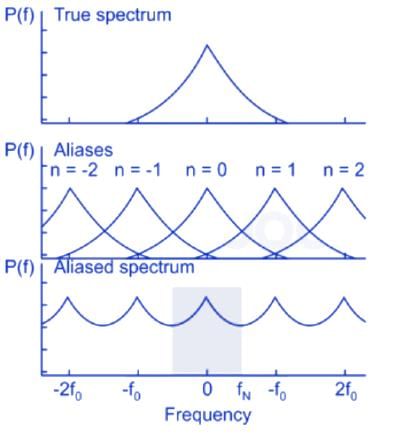





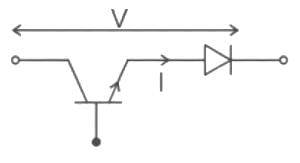
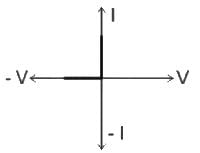
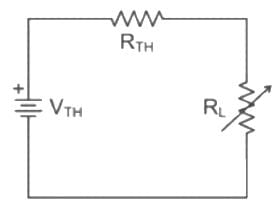



 (by substituting R
(by substituting R
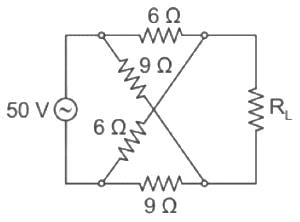
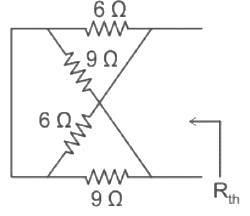












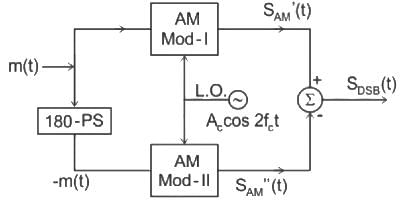
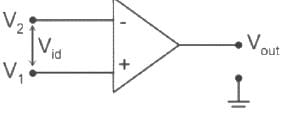
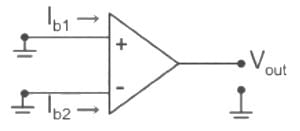
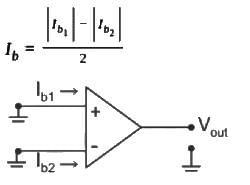




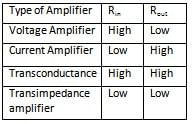



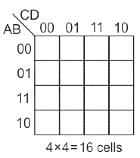
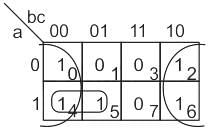
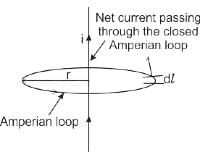




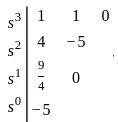


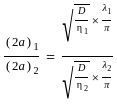



 matches these conditions.
matches these conditions. when V
when V